Search results for: “john rogers”
-
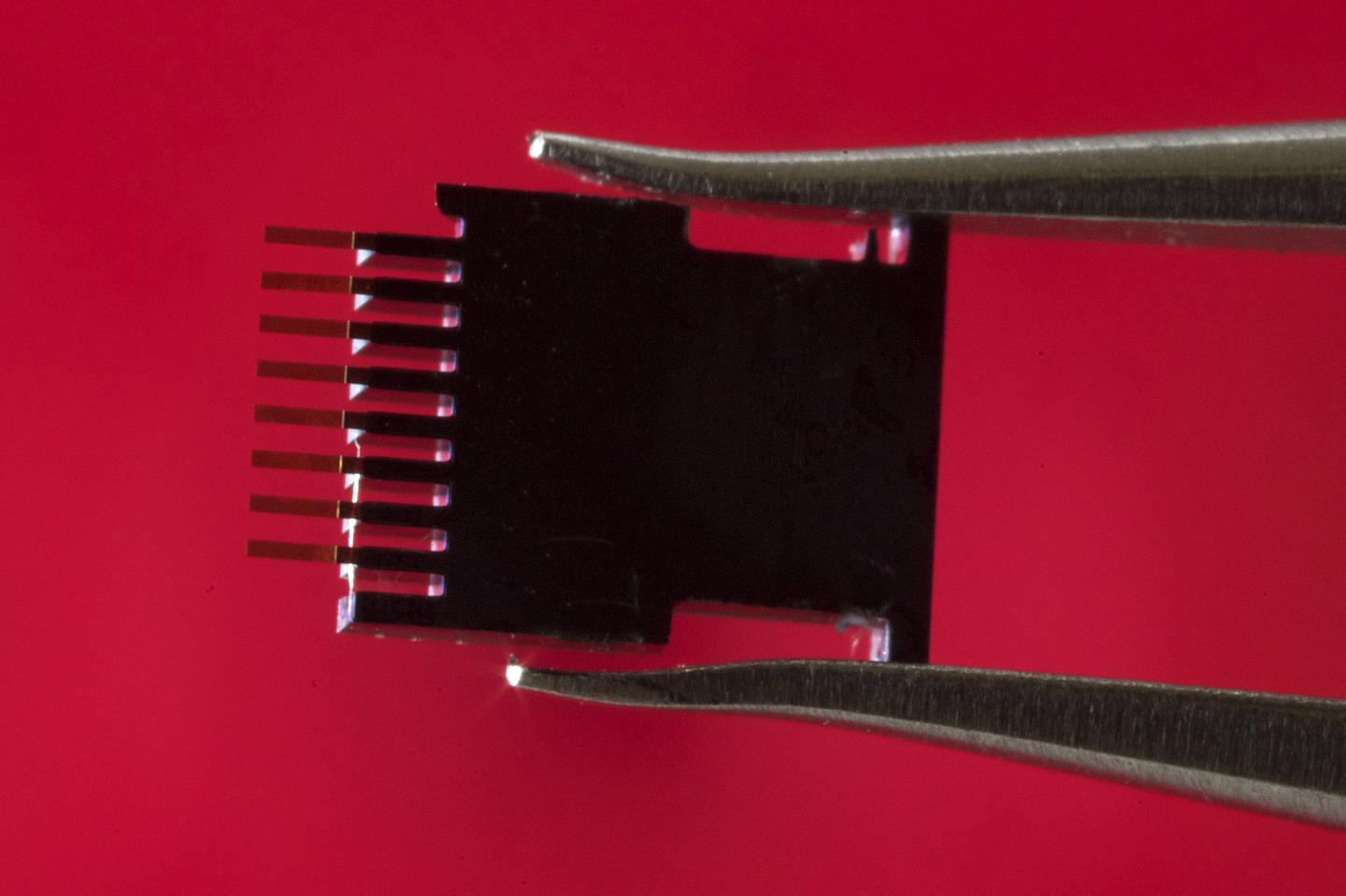
Sensor detects HIV in first week of infection
Spanish National Research Council researchers have developed a biosensor that detects the p24 antigen protein at concentrations 100,000 times lower than in current techniques. This has enabled the creation of a test that can detect HIV in the blood within one week of infection. It takes 5 hours, offering results the same day. The inexpensive sensor combines…
-

MRI, algorithm predict autism before behavioral symptoms appear
UNC’s Heather Hazlett has published a study showing that an overgrowth in brain volume, determined by MRI scans during the first year of life, forecasts whether a child at high risk of developing autism. The goal is to give parents the opportunity to intervene long before behavioral symptoms become obvious, which usually occurs between ages…
-
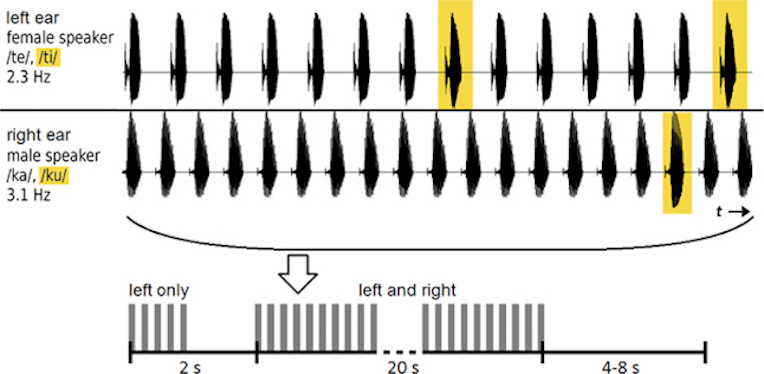
Toward a speech-driven auditory Brain Computer Interface
University of Oldenburg student Carlos Filipe da Silva Souto is in the early stages of developing a brain computer interface that can advise a user who he/she is listening to in a noisy room. Wearers could focus on specific conversations, and tune out background noise. Most BCI studies have focused on visual stimuli, which typically outperforms…
-
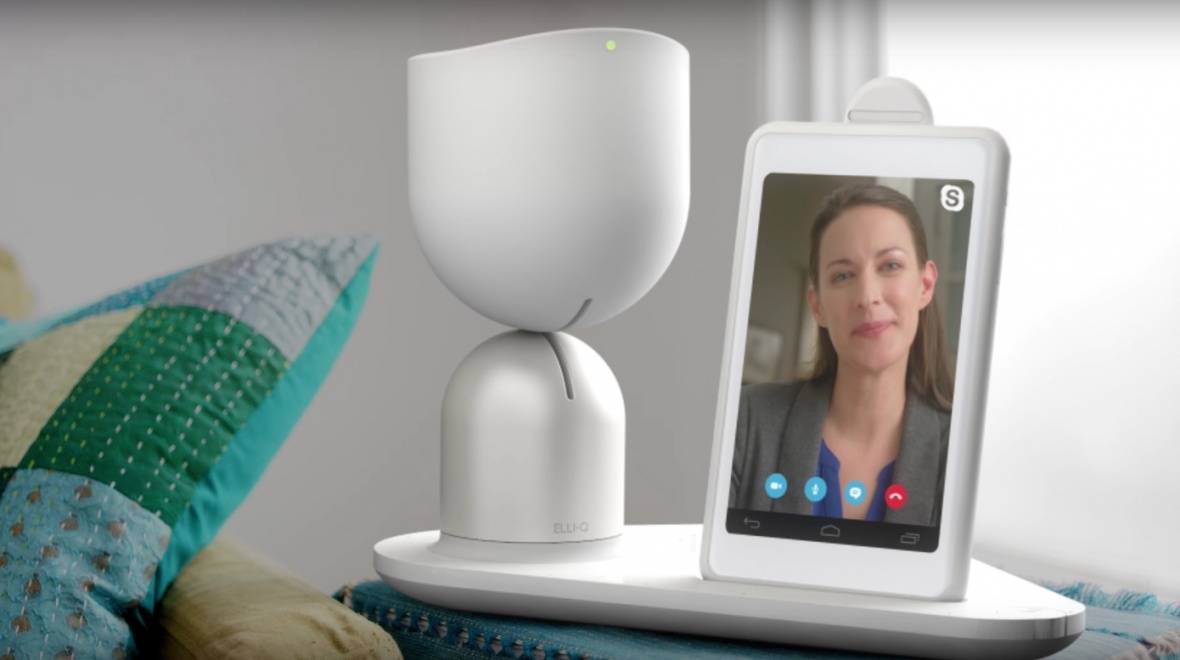
AI assistant addresses specific needs of seniors
ElliQ is AI assistant that intuitively interacts with seniors to support independent living. The NLP based system enables users to make video calls, play games, and use social media. Music, TED talks, audio books,and other content is recommended, after machine learning tools analyze user preferences (or caregiver input is received.) Physical activity is suggested after…
-
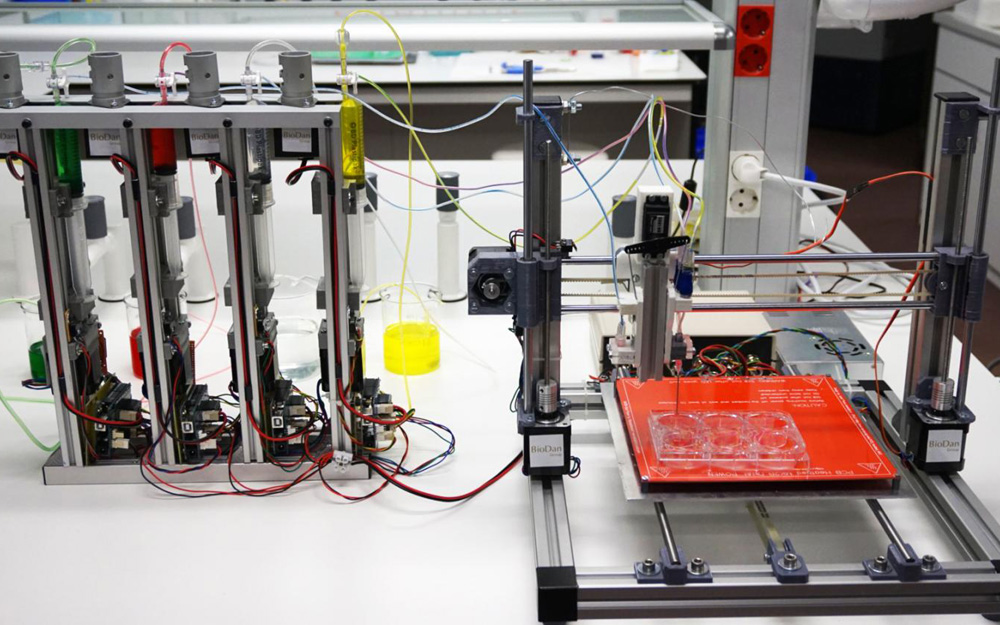
3D-bioprinted human skin can replace animal testing, potentially be used in burns
José Luis Jorcano at Universidad Carlos III de Madrid has developed a 3D bioprinter capable of replicating the structure of skin. The human-like skin that is produced includes an epidermal layer that protects against the environment, and a collagen-producing dermis that provides elasticity and strength. The bioink material contains human plasma, and primary human fibroblasts…
-

Sensor, data, and AI-driven primary care
Forward has brought advanced technology to well-care. Patient/Members are integrated into the practice with a baseline screening via body scans, blood and genetic tests. They are then given consumer and medical wearables, which work with proprietary algorithms, for continuous monitoring (and access to data), personalized treatment, and emergency alerts. Physical exam rooms display all of the data…
-

Machine learning tools predict heart failure
Declan O’Regan and MRC London Institute of Medical Sciences colleagues believe that AI can predict when pulmonary hypertension patients require more aggressive treatment to prevent death. In a recent study, machine learning software automatically analyzed moving images of a patient’s heart, captured during an MRI. It then used image processing to build a “virtual 3D heart”,…
-
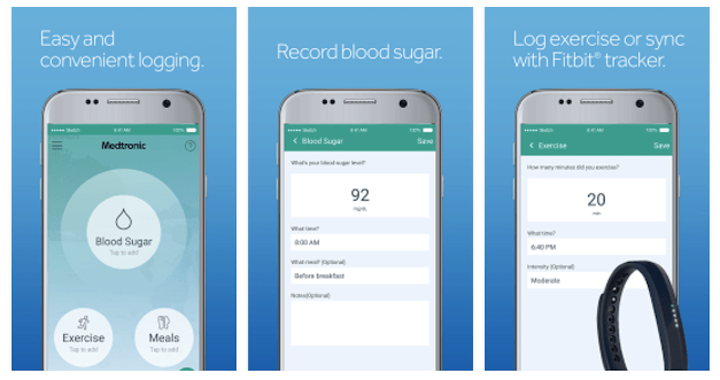
Consumer wearable + medical monitor track exercise’s impact on glucose
Consumer wearables can complement medical devices by integrating activity data into a disease management strategy. Fitbit movement data will now be used with a Medtronic diabetes management tool, with the goal of users predicting the impact of exercise on glucose levels. Diabetics can monitor glucose with Medtronic’s iPro2 system continuously for 6 days. Fitbit data will…
-

Multiple wearable sensors predict illness
Stanford’s Michael Snyder has published the results of a health wearable study, in which 2 billion measurements were taken from 60 subjects, concluding that such devices can be used to predict illness. Continuous biosensor data, plus blood chemistry, gene expression and other tests, were included. Participants wore 1-7 commercial wearables, which collected more than 250,000…
-

Alexa solidifies NLP’s role in smart homes, cars. Is senior care next?
Amazon’s Alexa is the deserved star of CES. Lights, thermostats, air purifiers, cars, refrigerators, other appliances, and baby monitors are examples of interfaces solidifying the natural voice processing-driven future of the world. Amazon now has the opportunity to enhance the lives of those aging in place. Its development of senior citizen focused applications is lagging. Alexa has the…
-
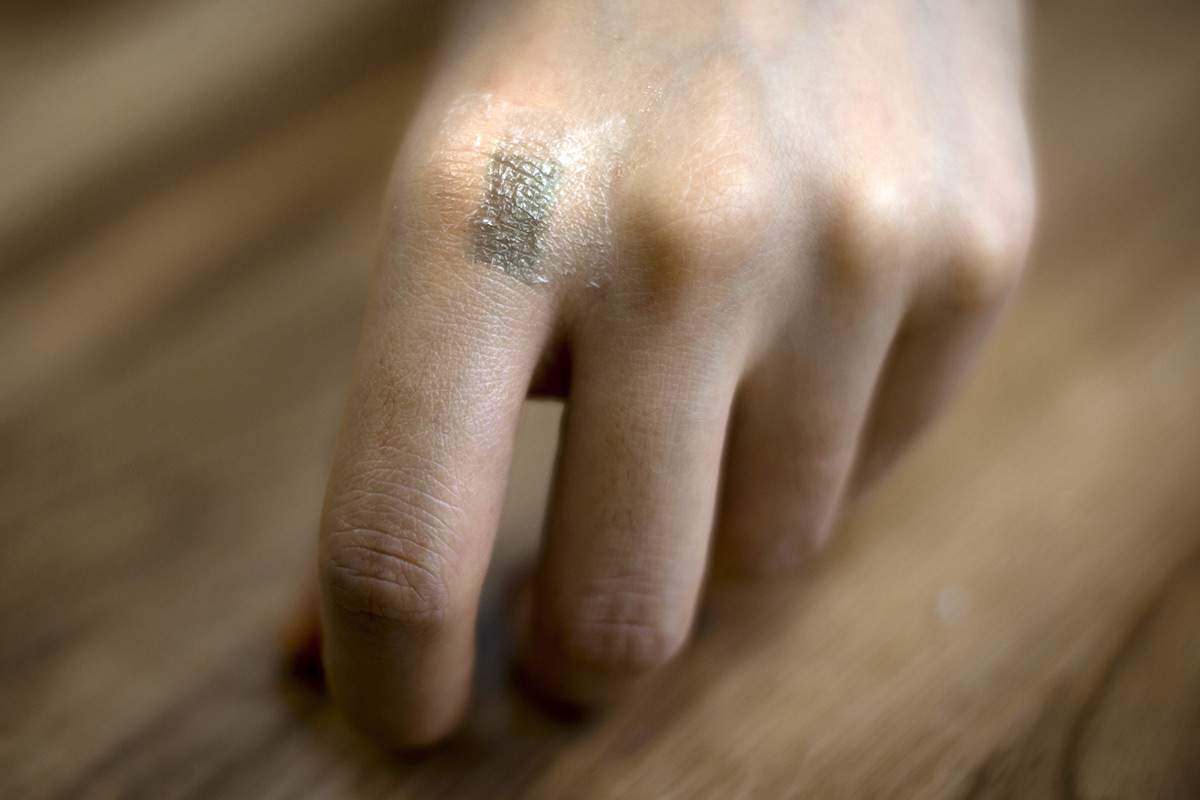
Ultra-flexible transistor for discreet, continuous health monitoring
Stanford professor Zhenan Bao‘s latest bioelectronic innovation has disrupted wearable technology as we know it. The ultra-flexible transistor can be stretched to twice its length, without losing conductivity. Conductors are confined inside an extremely thin, flexible polymer material, ideal for adhesive or tiny wearables. Digital health applications are unlimited — providing discreet, continuous, and…
-
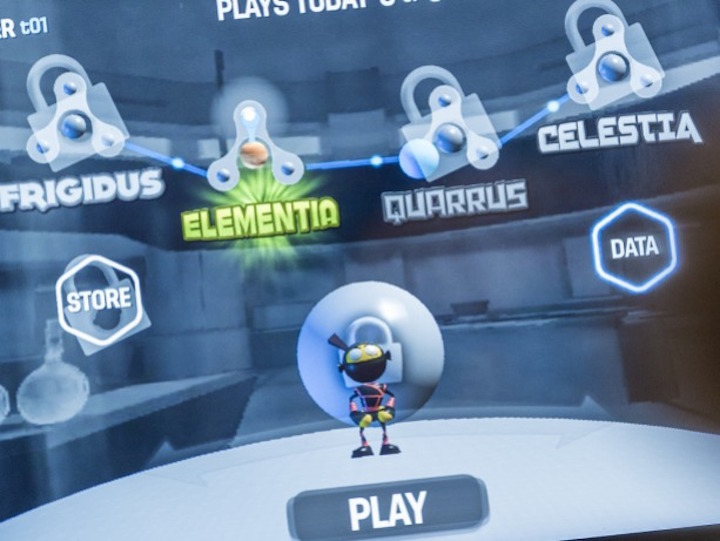
Video games studied to treat late-life depression
UCSF’s Joaquin Anguera and UW’s Patricia Arean have published a study detailing the use of video games to treat late life depression. They claim that the EVO interface targets underlying cognitive issues associated with depression, and does not simply manage systems. The game, developed by Akili, is meant to improve focus and attention at a “basic neurological…